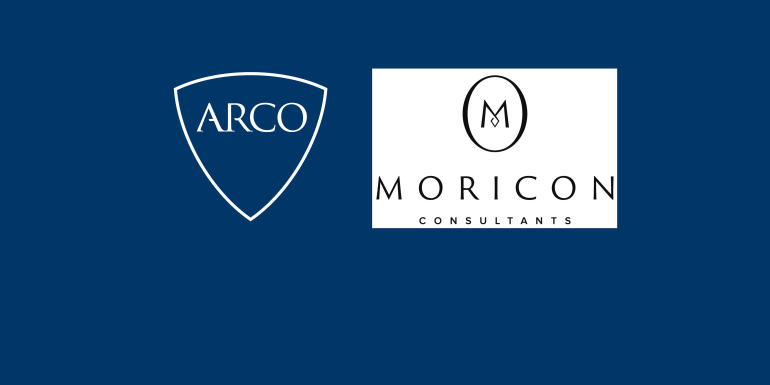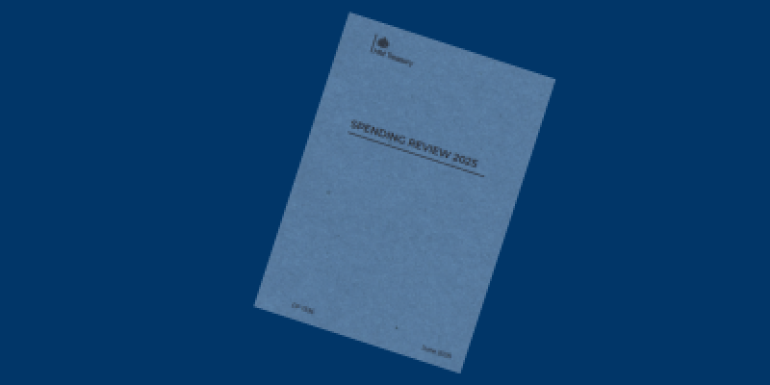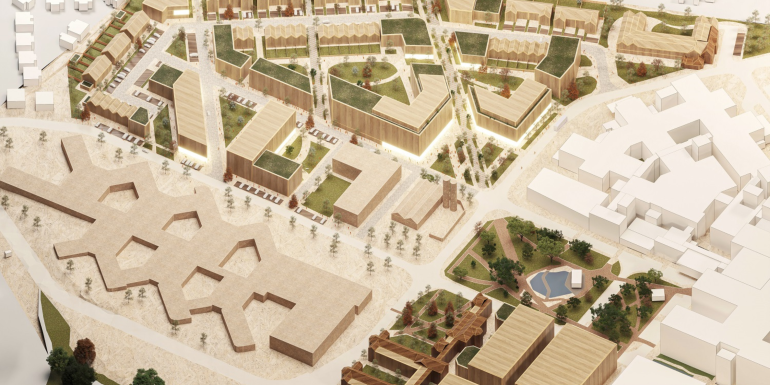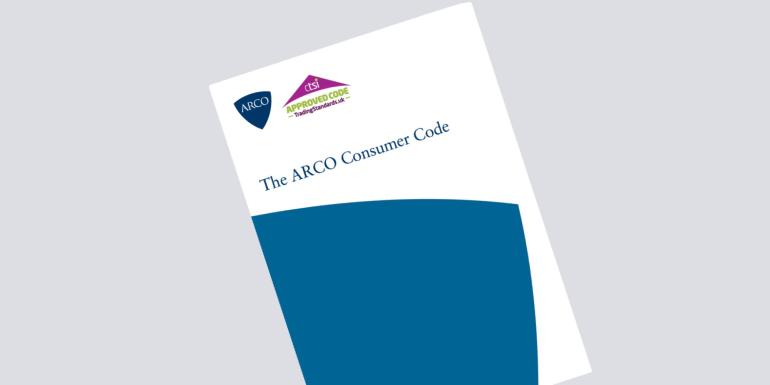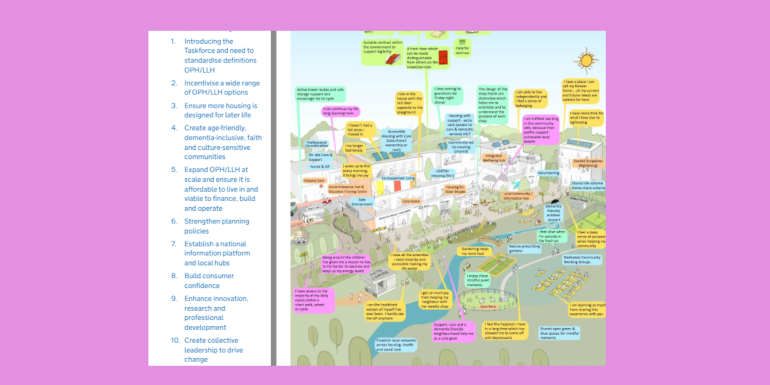The ability to ‘get online’ has never been more important. From browsing the web to operating connected devices such as smart speakers or smart watches, from running businesses to charging cars, every aspect of our lives is now entwined with digital technology.
Over the past decade alone, the UK’s data consumption has skyrocketed by over 1600%, reflecting our growing reliance on digital infrastructure.
This is increasingly true for those aged over 70, with recent research from the Office for National Statistics showing that the 70-plus age group is second only to those in their 20s for using a computer or device as a primary activity such as web browsing and checking emails.
The need for connectivity in retirement communities and care homes was brought into sharp relief during Covid lockdowns in 2020 and 2021, when many residents were dependent on their devices to communicate with loved ones.
At an operator level, not only is top tier connectivity crucial to ensure all residents can be online when they want to be, but the advances in medical technology mean that reliable connectivity is needed to run systems such as resident apps, care alarms and wireless monitoring equipment.
There is a change coming up which could again catapult this up the agenda for operators, and that is the copper switch-off. Copper phone lines, which still support many connections are being phased out and replaced by fibre cables to support the network’s capacity. But any operators who haven’t implemented the last metre connections [kerb to door] for all their properties at every site before the January 2027 deadline risk being left without adequate connection.
For larger operators in particular, a smooth process for the changeover will require early planning and proactive engagement with Internet Service Providers.
For the later living sector and wider residential market, the implications of the switch-off are profound, especially for properties that still rely on older connections. The sophisticated medical technologies that enhance resident care, the apps that streamline operations, and the connectivity that supports residents’ mental well-being all rely on good connectivity. These technologies include remote monitoring systems, telemedicine, and advanced diagnostic tools that require high-speed, reliable internet to function effectively. Without full fibre, these systems may experience delays or failures, potentially compromising resident care. Additionally, full fibre ensures that video calls, messaging apps, and social media platforms work seamlessly, helping residents maintain these important relationships. This connectivity is not just a luxury; it’s a fundamental part of modern care that supports mental health and reduces feelings of isolation.
For those operators with multiple portfolios, it can be a laborious process that involves a lot of co-ordination and knowledge of planning and wayleaves - the legal agreements that must be in place before a connection can enter a building. Early planning is key to ensure residents can be assured of a seamless transition and we urge all operators to make sure they have the support in place to see them smoothly through the upgrade.
For more information about wayleaves and the support available visit
https://www.cluttons.com/services/property-management/fibre-management/
Article authored by:
Darren Zitren, Head of Infrastructure at Cluttons

